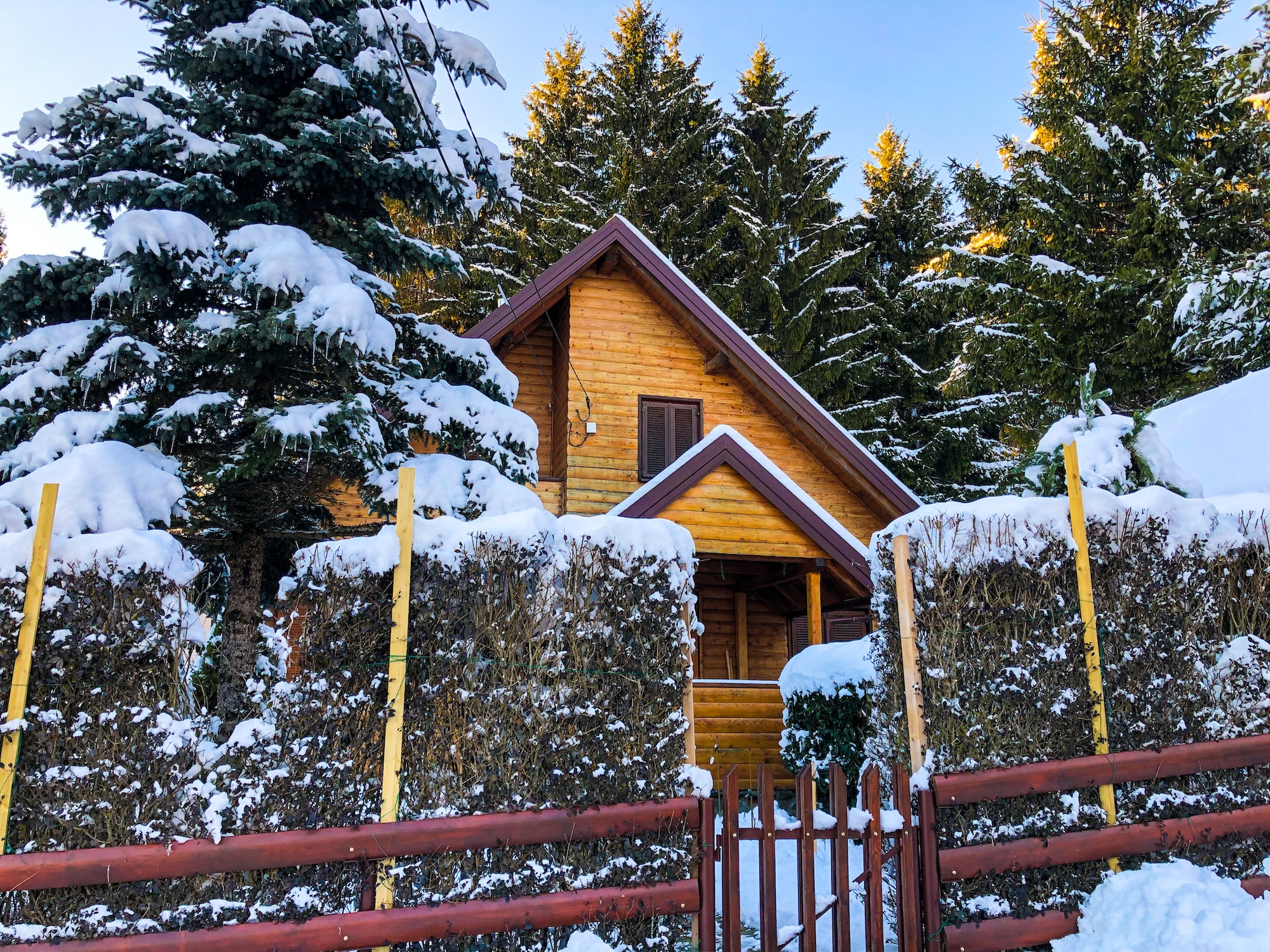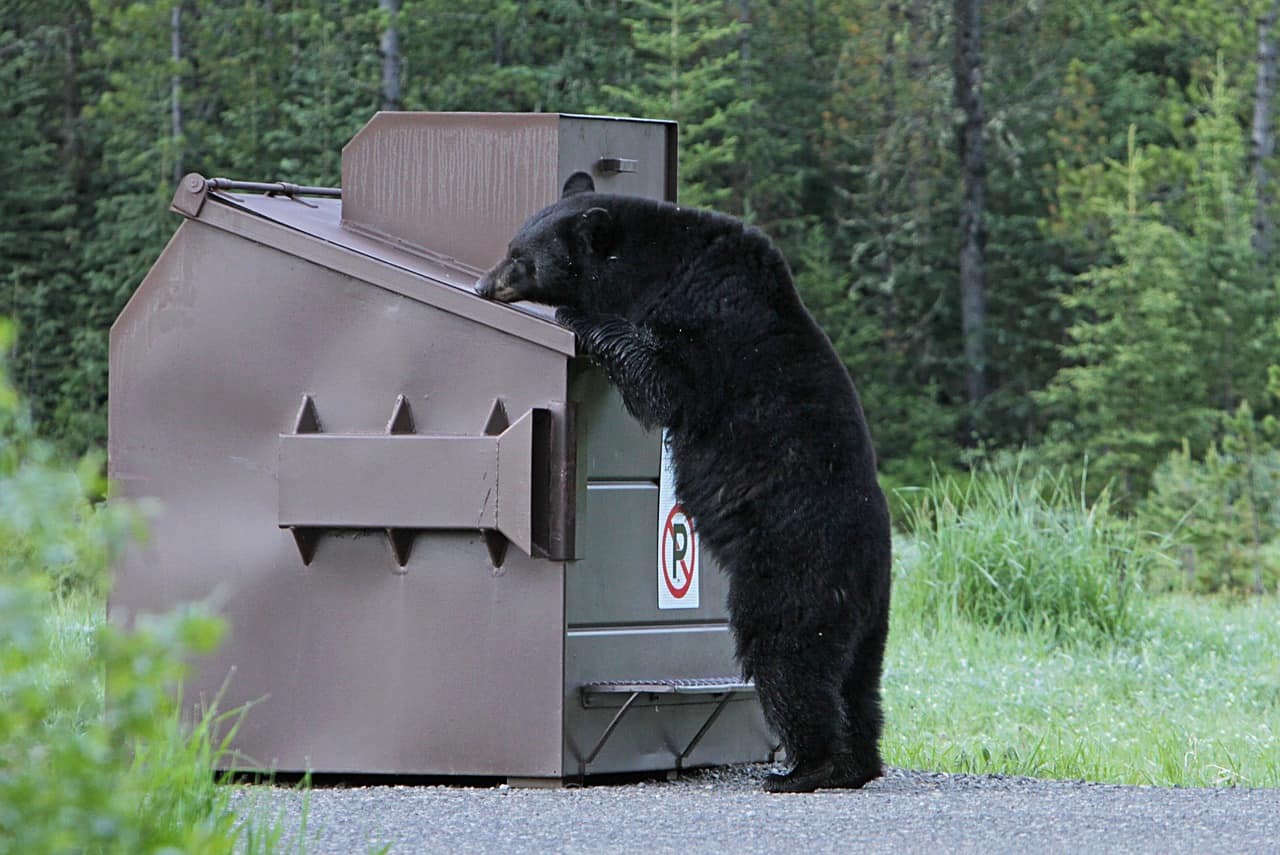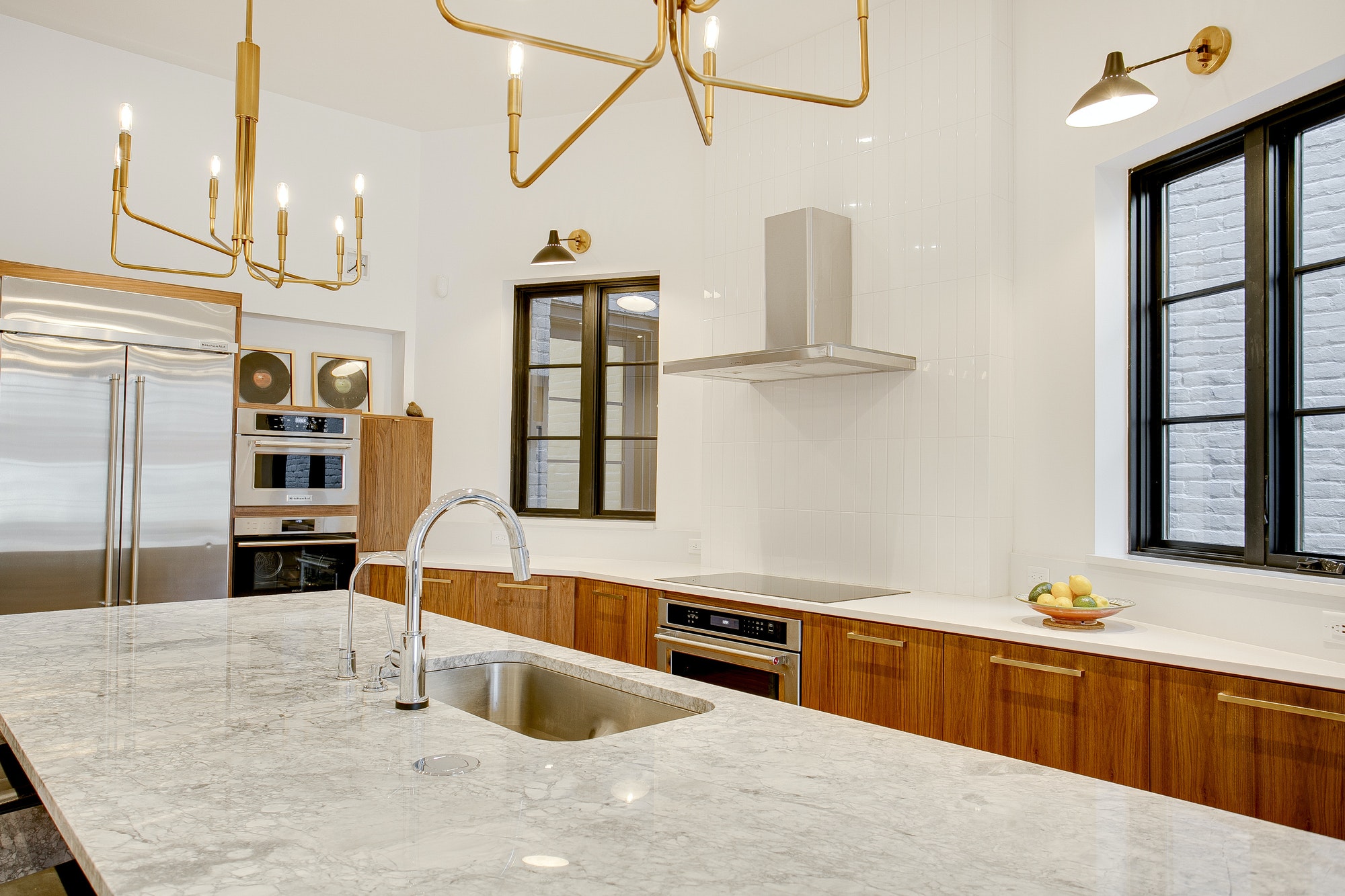Saving money is important, but certain times of the year may be more costly depending on where you live. For instance, colder climates will use more heating, while warmer ones will need more air conditioning.
For those who live in these colder climates, there are many things that may force them to spend more money on energy. To help improve your home’s energy efficiency in winter, we’ve prepared a list of helpful tips below.
Tips to make your home more energy efficient this winter
1. Insulate your windows
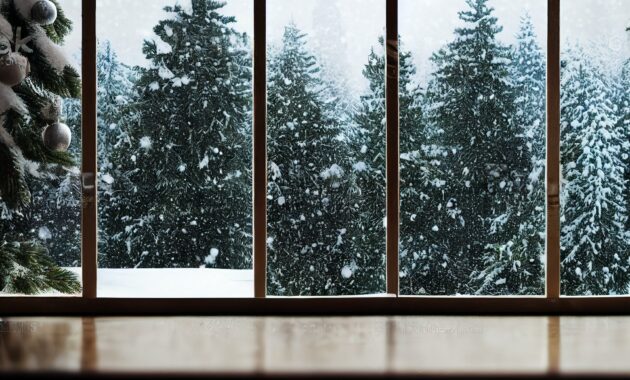
When it’s very cold out, running your heater while having your windows uninsulated winds up wasting a lot of energy just to heat the outdoors. To insulate your windows, all you need is a set of insulation films, though certain tools – like a hairdryer – may help as well. However, you can also employ insulating drapes or polyurethane spray foams. To find out how to apply these things, click here.
While insulating drapes do a world of good for your windows, even regular drapes can help keep the cold out. Just by having floor-length drapes, you can consume energy more efficiently, though there’s other stuff you can do as well. For example, you can use paper towels or some other material to stuff in at the top of the curtain by the curtain rod.
However, keeping your drapes closed all the time is not the most efficient way to use them. While a lot of winter days are fairly glum, many of these days have sunlight, which is a natural heater. Try to keep the drapes open while the sun is out, and close them once the sun has gone down.
2. Switch off and unplug devices when not in use
In this day and age, we have a ton of devices that are constantly idling, waiting to be put back into action. Devices such as the Amazon Echo and Google Home are more obvious examples, but even your TV is always powered, even when off. While it is not a significant portion of energy use, even having your TV in standby mode costs money, which adds up over the years.
Thankfully, there are ways to switch off many of your devices. If you own a lot of smart home devices and don’t use most, it may be worthwhile to cut them down to the bare minimum. For a TV, you can either unplug it from the wall outlet or just switch off the surge protector it’s attached to. The latter option is easier to turn the TV on or off at will.
3. Use a smart thermostat
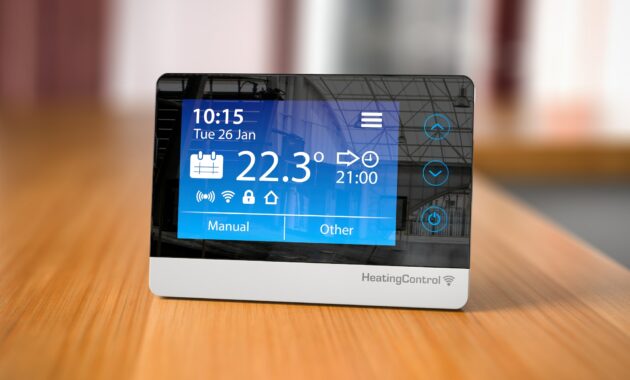
If you want to manage your energy use smartly, then a smart thermostat is probably your best bet. Smart thermostats are capable of connecting to your HVAC (Heating/Ventilation/Air Conditioning) system, though the method of connecting them may differ depending on the type of thermostat and heating unit. Be sure to thoroughly read through the user manual for the thermostat.
A smart thermostat is capable of a lot of things, with many of its features built around giving you exacting control over your HVAC system. For instance, you can set your thermostat to automatically increase and decrease the temperature at certain times and on certain dates. This is extremely helpful, as it removes the need for you to manually turn the heat down when you aren’t home.
Another great feature that a lot of smart thermostats have is the ability to work with your smartphone via an app. One benefit of this is that, if you’re on vacation and there’s a blizzard back home, you can turn the heat up from virtually anywhere. Even though you’re not there, extreme cold may affect your house in several ways.
4. Don’t let your heating system fall into disrepair
In theory, you can go quite a while without ever having to do a checkup on your heating system – seemingly, anyway. Often, there are a lot of small issues that you may not even realize are occurring until you have a checkup done. In general, people should have their heating system checked once a year. However, if you experience extreme weather conditions and/or have a finicky heating system, consider getting one done twice per year.
5. Seal those drafts
Drafts are sneaky little devils and allow the outside weather in, and vice versa. To figure out where these drafts are, take an open flame, such as a candle or lighter, and hold it up to your doors and windows. If the wick is moving, there is likely a draft. These drafts can be sealed using a multitude of tools, including caulk and weather stripping.
6. Bundle up

Sometimes, the best way to save on energy is the cheapest way: dressing warmly and bundling up. Put on a sweater, and thick socks, make hot cocoa, and get under the covers. This lets you keep the heat lower, and the more you bundle up, the less you have to worry about being affected by the cold.
If you have pets, however, you need to consider whether that’s viable. Some animals, such as hairless cats, can’t really handle the cold, so you need to either keep the heat up or dress your pets in clothing. Of course, not all pets will be willing to wear clothes, so be careful about that too.
7. Reverse your ceiling fan
This is a bit of a life hack that a lot of ceiling fans can do. By reversing the fan, instead of making the room colder, it makes it warmer. Fans normally go counterclockwise, but when you use a switch found on many ceiling fans, it causes the fan to go clockwise. This creates an updraft, causing warm air near the ceiling to be pushed down.
If your ceiling fan does not appear to have a switch, the switch may be located in an inaccessible spot. For instance, some fans may require you to take some screws out to access them.
Discover more from Futurist Architecture
Subscribe to get the latest posts sent to your email.
